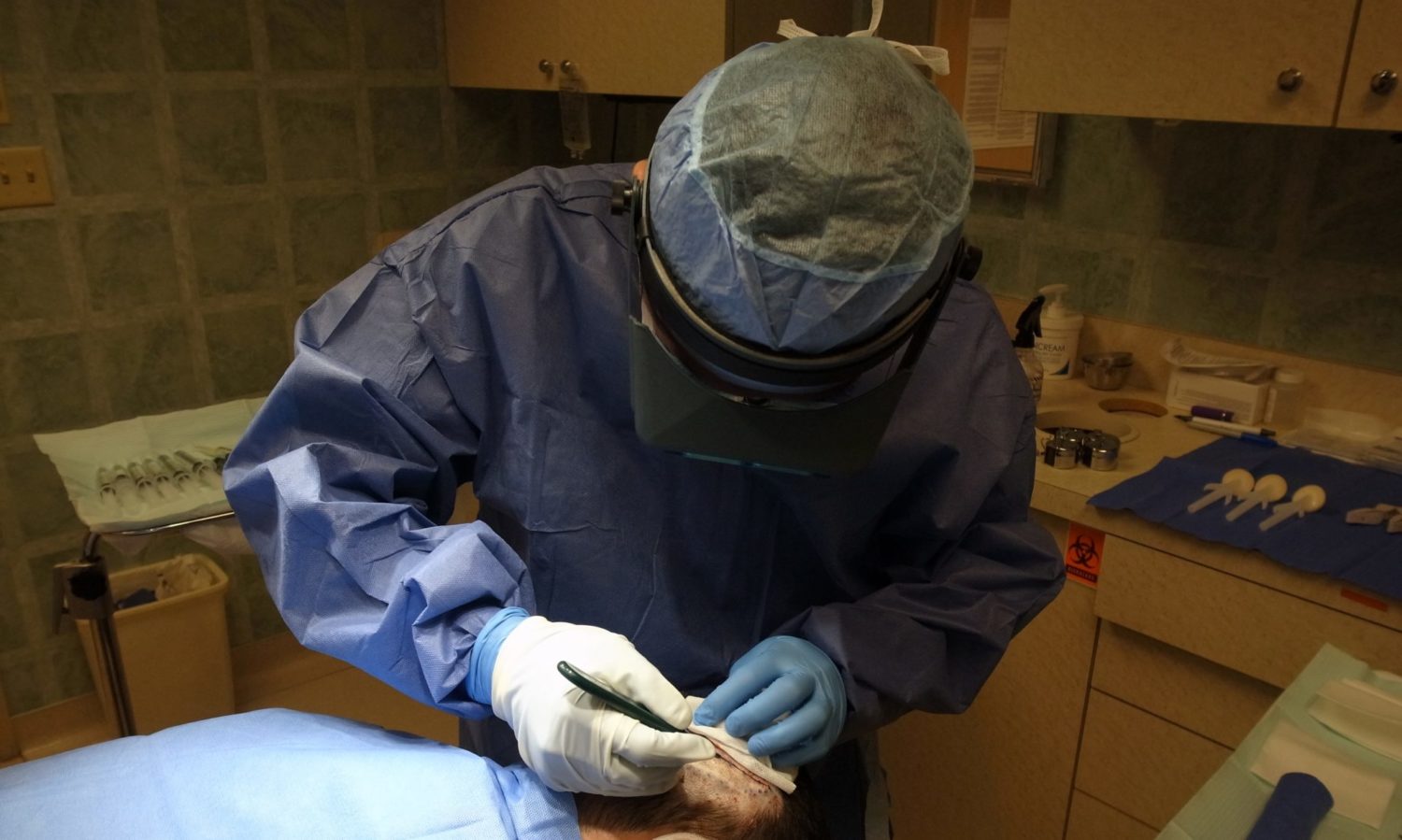To the surprise of many, hair loss can be just as much of a concern for women as it is for men. Jennifer Lopez recently proved that point with a shocking revelation that she uses a hair loss treatment called minoxidil. In a post on her Instagram page, she wrote, “When I was coming up, I didn’t know how to take proper care of my hair when I first started working in television and film — I had to learn about minoxidil from my hairstylist! And I’ve been using it ever since.”

Jennifer Lopez applying minoxidil to her scalp.
Minoxidil is a vasodilator that is commonly used topically to treat thinning hair and hair loss. First introduced in 1979, it was initially used as an oral medication for high blood pressure. Shortly after introduction however, it was noticed that some individuals began growing hair everywhere. Therefore, the manufacturer of minoxidil came up with a topical version of it. In 1988, it was approved by the FDA for treating hair loss in men. Three years after that, it was approved for women. Then in 1996, it became available over the counter.
Although minoxidil is known to be a vasodilator, not all medications that dilate blood vessels can stimulate hair growth. Minoxidil is believed to work in part by partially enlarging miniaturized hair follicles and reversing the miniaturization process. This can prolong the growth phase of the hair cycle, allowing the hair to become thicker and longer.
Side effects associated with minoxidil are minimal. The most common is an itchy, irritation of the scalp. This side effect is not too prevalent however and will cease upon discontinuation. Well-controlled clinical studies have not been conducted in pregnant or nursing women. Therefore, it should not be used while pregnant or breastfeeding. Patients with heart disease should consult with our office before using minoxidil.
Best used in the early stages of hair loss, minoxidil is massaged into the scalp twice a day (morning and evening – spacing each application about 12 hours apart). A much easier to use “spray” form is available at our office.
















